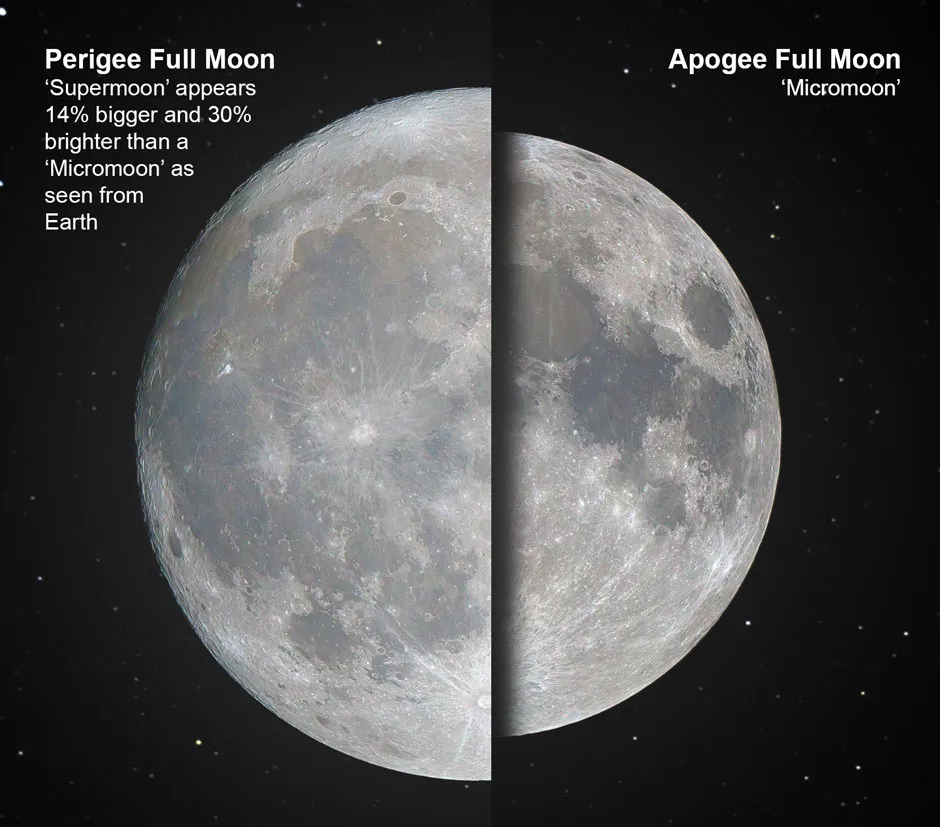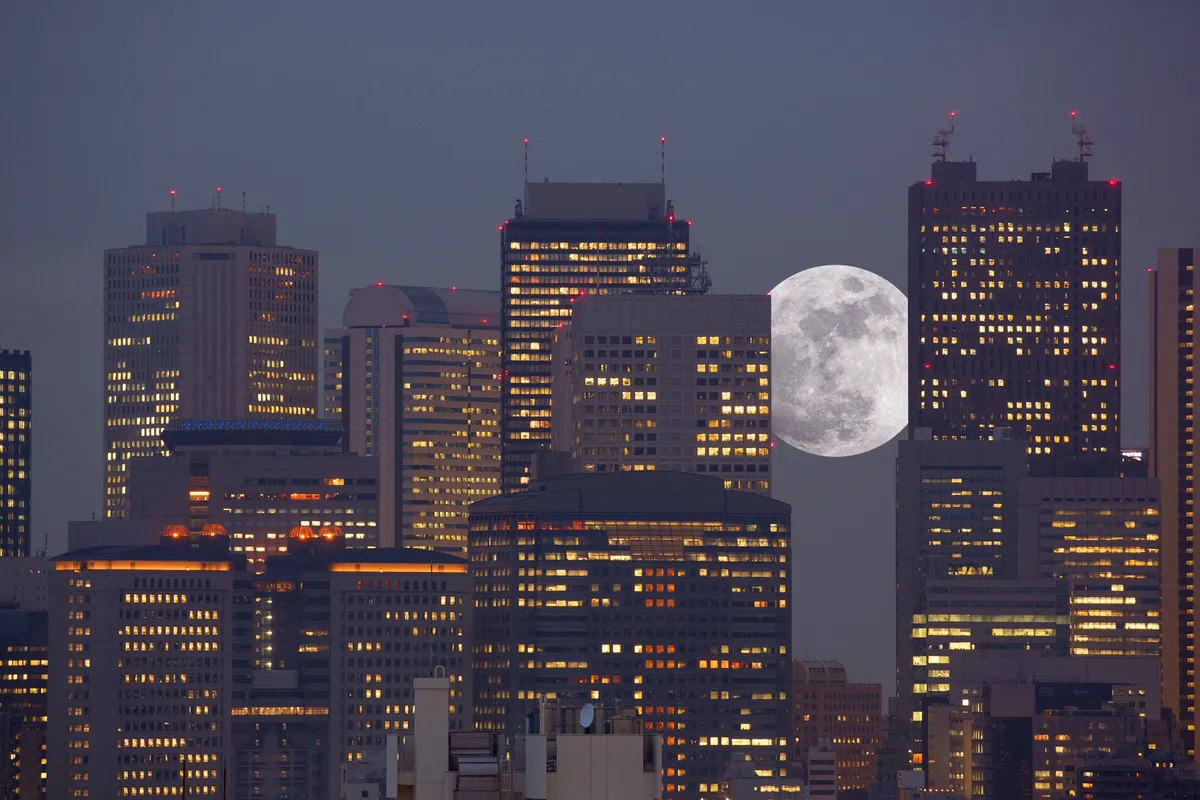Moon gazers are in for a spectacle this evening. If you’ve ever thought about going out to look at the Moon, tonight is the time. Quite simply, it will be at its absolute best, appearing up to 15 per cent brighter and 30 per cent bigger than other full Moons this year.
At this time of the year, the full Moon is known as a Hunter’s Moon. Here’s everything you need to know about it...
When can I see the Hunter's Moon 2024?
The Hunter's supermoon will light up the night sky on 16 and 17 October 2024. Don't worry if you miss seeing it that night: the Moon will still appear full for another three evenings.
The supermoon will reach its peak brightness on the morning of October 17, at 7:26am EDT in the US and 12:26 PM in the UK. However, it won't be visible at that time because the Sun will be shining (or – very likely, if you live in the UK – it will be blocked by clouds).
On 17 October, the Moon will rise in the east around sunset (around 6pm across the UK and US, local time) and will be visible throughout the night.
It’s the third of four so-called supermoons this year, but – lucky us – tonight's will be the brightest.
On 19 October, the Moon will be visible beneath the Pleiades star cluster, creating a stunning sight for eager stargazers. While the Moon's brightness may wash out some of the stars, they could be visible with the help of binoculars or a telescope. If you're struggling to find them in the night sky, using an app may help (check our best astronomy apps).
Why is it called Hunter's Moon?
The Hunter's Moon follows on from its predecessor, the Harvest Moon (shout out to the Neil Young fans reading). Every four years, the Hunter's Moon rises in November, while during other years it shines in October.
The name likely comes from the time when people hunted animals in the autumn to store food for the winter.
The Hunter's Moon is known by many other names, often linked to the changing seasons. Some examples include the 'Falling Leaves Moon' and the 'Fall Moon'. In some Native American traditions, the October full Moon is called the 'Travel Moon'. This name comes from its long-lasting presence in the autumn sky, which casts long shadows and helps light the way for travellers during their journeys.
What are supermoons?
Simply put, it’s when the Moon appears larger in the sky than usual.
A supermoon happens when the Moon, which follows an elliptical (oval) orbit around Earth, is at its closest point to Earth, known as perigee. If this coincides with a full Moon, we see a supermoon, making the Moon appear larger in the sky.
On the other hand, when a full Moon is at its farthest point from Earth, called apogee, the Moon looks smaller. This is fittingly called a micromoon.
This year, the Hunter's Supermoon will be will be 357,364km (222,056 miles) from Earth. For context, the Moon can reach about 405,500km (253,000 miles) away from our planet.

So, when does the Moon become full?
A full Moon occurs when the Moon is fully illuminated by the light of the Sun. This occurs when the Earth is located directly between the Sun and the Moon, and the light of the Sun reflects from the Moon directly back at us.
The full Moon is part of the lunar cycle that occurs over the course of 29 days, 12 hours, 44 minutes, and 3 seconds, so if you miss a full Moon you don’t have to wait too long to see the next one.
What is the Moon illusion?
The Moon illusion is a brilliantly bizarre phenomenon where the Moon looks larger during moonrise and moonset when it's near the horizon. While our lunar neighbour may seem bigger, it's just an optical illusion. This makes it a great time to snap photos, even though our eyes are being tricked.
Scientists aren't entirely sure why this happens, but one theory is that our brain compares the Moon to objects on the horizon, like buildings or wind turbines, making it appear larger than it actually is.

How often do full Moons occur?
Full Moons occur approximately every 29 days, 12 hours, 44 minutes, and 3 seconds, typically rounded to 29.53 days. This period represents the time it takes for the Moon to orbit the Earth and complete one full lunar phase cycle, from one new Moon to the next. This cycle is called a 'synodic month'.
In a typical calendar year, we usually experience 12 full Moons.
Read more:
